The exploitation of marine energy sources opens a discussion on Mediterranean landscape, more than other renewable energies. The research on blue energy is not limited to technological issues but calls for a wider approach. Nowadays, the barriers to the deployment of these solutions in the Mediterranean sea, besides the technology readiness level and economic profitability, concern regulations, approvals, overlay with other marine activities, environmental sustainability, social acceptance and landscape compatibility. Can blue energy properly become part of the Mediterranean landscape?
The Blue Deal partnership aims at transferring knowledge on blue energies and prompting their deployment in the Mediterranean, starting from a simple classification.
On-shore Wave Energy Converters are systems embedded in docks and piers. The vertical motion of waves within caissons compresses and decompresses air that, flowing throughout pipes, makes wind mills generate electricity; similarly, the wave motion lets floating buoys fixed on piers oscillate and compress hydraulic pistons or, otherwise, it pulls seawater up to reservoirs and then fall down through micro-hydro turbines. These technologies are profitable in combination with the construction of new piers, such as for the extension of existing harbours, although production yields are still uncertain (almost 500 MWh/year per 100 m pier).
Among onshore solutions, systems exploiting thermal gradients between seawater and air through heat pumps have been successfully tested. These can supply heating and cooling energy for buildings along the seacoast, such as housing, hotels and other services, achieving good levels of performance (CoP > 4). Other innovative technologies exploiting salinity gradients, such as based on inverted electrolyses, are under study in combination with desalinating plants.
Therefore Blue Deal does not deal with technological issues of blue energy but, starting from existing technologies, investigates sustainability of its deployment in the Mediterranean. One important observation must be done regarding the European and national objectives of greenhouse gas emission reduction: Europe aims to be the first carbon neutral continent by 2050. It is crucial to understand that this massive energy transition to renewables will have social and environmental impacts. How can we expect the Mediterranean landscape to change accordingly? What shall we take into consideration to manage this transition in terms of landscape impact?
Integrated energy systems from different renewable sources connected to smart grids would potentially become a reality and contribute to increase the complexity of the Mediterranean landscape. Social acceptability will be crucial to accomplish this transition that, first of all, is a cultural transition. Blue Deal focuses on this cultural transition. It develops participative processes of stakeholders engagement, including administrations, enterprises and citizens, in order to build capacity and achieve agreements. Just like the devices described by Matvejevic in his Breviary, blue energies can be likely mentioned in the next future among the identity elements of the Mediterranean landscape.
For more information concerning the Blue Deal and renewables energies in the Mediterranean please follow this link.


